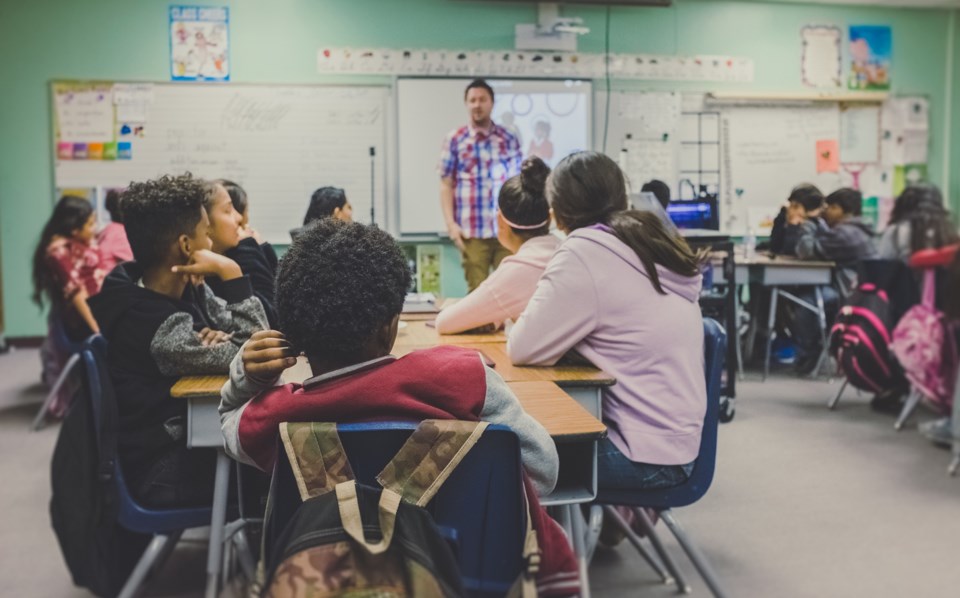The world is changing as fast as the internet will allow, and high school education must change along with it.
For young people who learn what happens in the world around them from social media and their peers, high school has to be compelling, relevant and meaningful.
It’s for this reason that the secondary school curriculum has to change.
At first glance, the new Grade 10 to 12 curriculum appears to offer the flexibility teens need to explore ideas and concepts that are important to them.
Today’s young people are used to consuming – whether it be media, information, consumer goods or food – so it makes sense for the new high school curriculum to offer a wide menu of choices.
No longer will high school students simply take math, English or social studies. The new curriculum allows for a high degree of choice.
By Grade 11, for example, after taking either Foundations of Mathematics and Pre-cal 10 or Workplace Mathematics 10, students have a choice of five math courses – including the History Of Mathematics or Computer Science, laddering up to as many as seven math courses in Grade 12, including Geometry 12 or Statistics 12.
No longer do students have to be stuck in a single path, they can delve more deeply in a wider array of topics.
Science is also similarly blessed with a wide array of topics, and once again after Grade 10, when a single Science 10 stand-alone course is offered, students can choose one of six chemistry courses in either Grade 11 or 12.
Similarly, Social Studies 11 or 12 have numerous course offerings, from Economic Theory to Asian Studies, Law Studies and Comparative Cultures.
Another important element of high school will also be Indigenous Studies, which students will be learning all the way through their grades but can explore more deeply in high school, with courses such as B.C. First Peoples and Contemporary Indigenous Studies.
These courses will encourage students to learn more about our province’s First Nations, an element of Canadian history that for many years was barely discussed in schools. And even when it was, the information was often inaccurate or poorly explained.
There will be some parents who are concerned about the changes to the curriculum and what the impact will be for students moving on to post-secondary education.
But a close look at the curriculum reveals there will still be provincial exams and letter grades that will closely mirror the expectations of colleges and universities.
Can education be better? Does it makes sense to review the curriculum regularly to ensure it is appropriate for a modern context? Absolutely.
But for now, the new high school curriculum appears to be meeting students where they are now and guiding them towards an uncertain but no less promising future.



